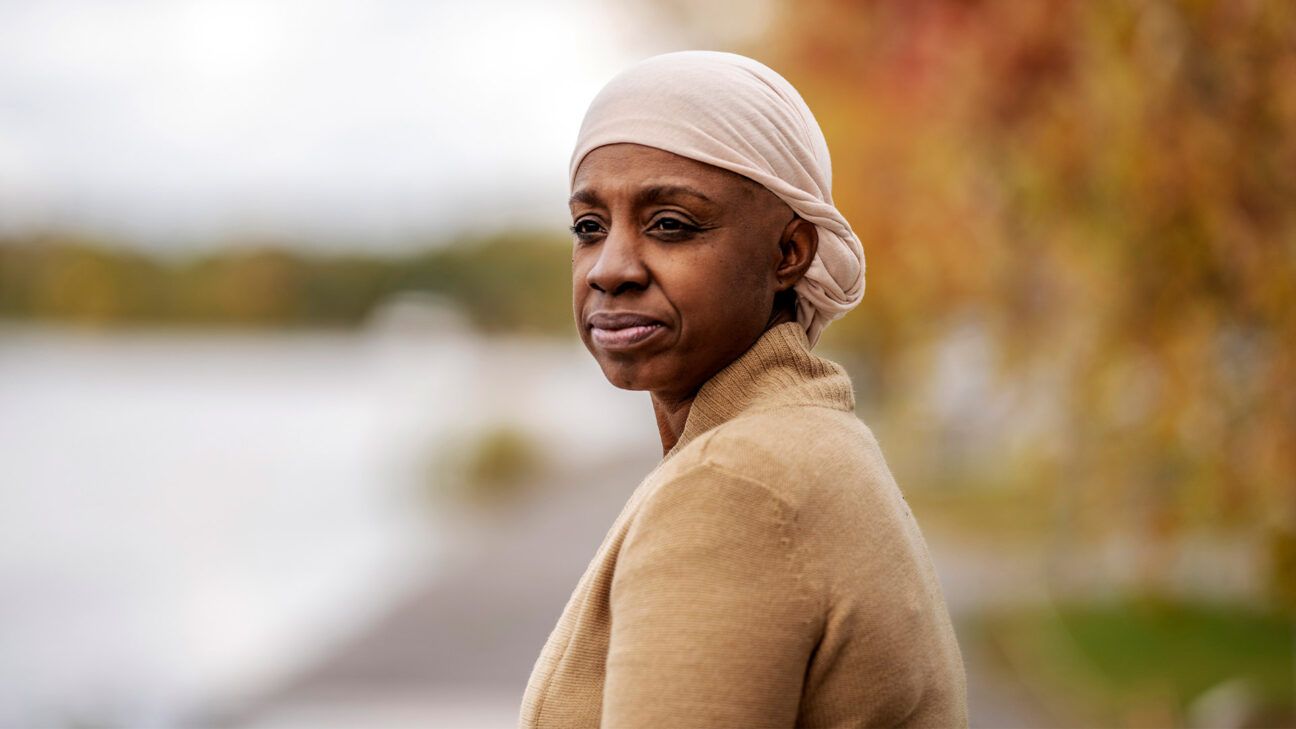Cancer Deaths Drop in U.S., But Women Face Rising Diagnosis Rates
Cancer death rates continue to decline in the U.S. over the past 20 years, though cancer diagnoses among women are increasing, according to a new report.

Woman with headscarf outside cancer center
Key Findings:
-
Cancer deaths decreased annually from 2018-2022:
- Men: 1.7% decline
- Women: 1.3% decline
- Children: 1.5% decline
-
Cancer diagnoses show different trends:
- Men: Declined 2001-2013, then stabilized through 2021
- Women: Increased yearly from 2003-2021
- COVID-19 interrupted these trends due to missed screenings
Rising Cancer Concerns:
- Obesity-related cancers increasing (breast, uterine, colorectal, pancreas, kidney, liver)
- Higher rates among racial minority and ethnic groups, particularly American Indian and Alaska Native women
- Colorectal cancer becoming leading cancer death cause in people under 50
Factors Contributing to Death Rate Decline:
- Reduced smoking-related cancers
- Improved screening programs
- Better access to healthcare
- Enhanced treatment options
- Healthier lifestyle choices
Risk Reduction Strategies:
- Regular cancer screenings
- Healthy, balanced diet rich in plants and antioxidants
- Maintain healthy weight
- Regular exercise
- Avoid smoking
- Limit alcohol consumption
- Get recommended vaccinations
- Support gut microbiome health
Healthcare disparities affecting cancer rates include:
- Limited access to care
- Socioeconomic factors
- Unhealthy diet and lifestyle habits
- Obesity
- Medical system distrust
- Genetic factors
Early detection through routine screening remains crucial for cancer survival, particularly for high-risk individuals. Experts emphasize the importance of maintaining healthy habits and regular medical check-ups, even during public health emergencies.
Related Articles
Alarming Rise in Colorectal Cancer Among Young Adults: Know These 6 Warning Signs

